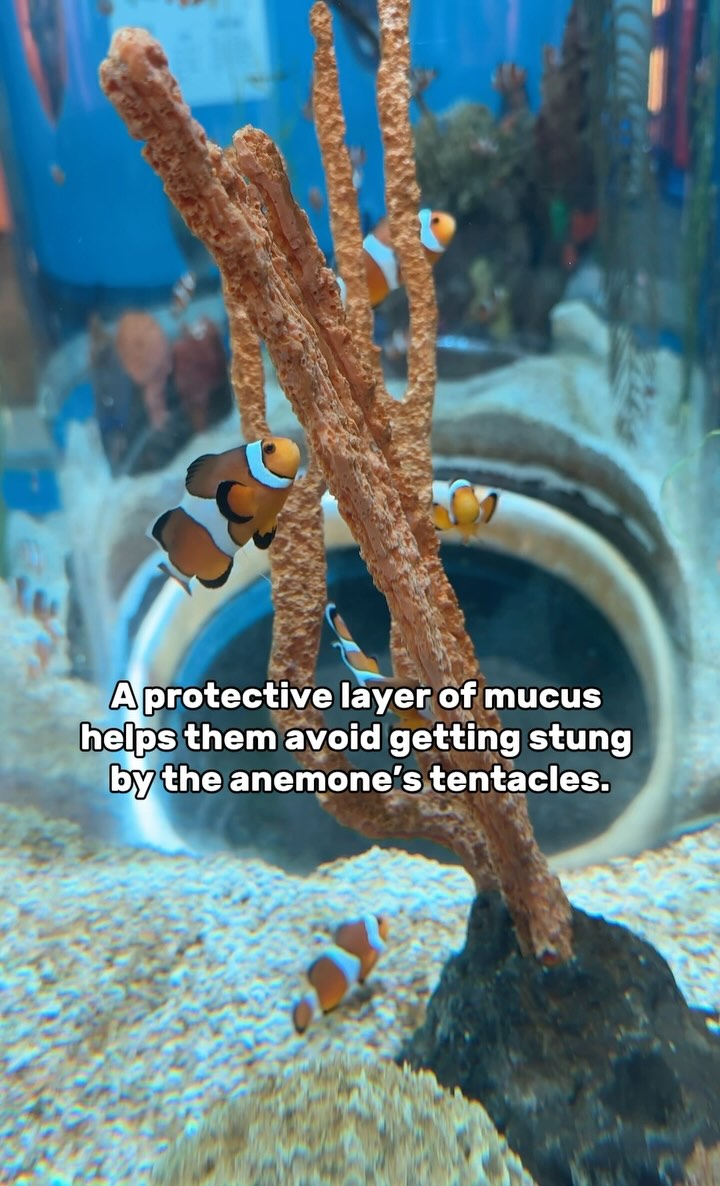- The symbiotic relationship between clownfish and sea anemones exemplifies mutualism in marine ecosystems.
- Clownfish have evolved adaptations to coexist safely with the stinging tentacles of sea anemones.
- This partnership offers ecological benefits and plays a crucial role in reef health and balance.
- Conservation challenges affect the survival of both clownfish and sea anemones in the wild.
- Education on this partnership highlights the importance of marine biodiversity to ecological stability.
The symbiotic connection between clownfish and sea anemones is a fascinating example of mutualism in marine ecosystems. Mutualism is a type of symbiotic relationship where both species involved derive benefits. The vibrant clownfish rely on sea anemones for protection, while sea anemones benefit from the presence of clownfish in several ways. This interaction is essential to understanding the dynamics of coral reefs, where this partnership is most commonly observed.
Clownfish are known for their striking coloration, which can range from vivid oranges and reds to deep blacks and whites. These colorful fish use sea anemones as their primary form of defense. The stinging tentacles of the anemones pose a dangerous threat to most fish; however, clownfish have evolved a special adaptation that allows them to live amongst the tentacles without suffering harm. A mucus layer covers their skin, offering protection from the anemone’s lethal stings. This adaptation is a result of evolutionary processes that enable clownfish to live safely within the anemones’ embrace.
In exchange for the protection offered, clownfish provide significant advantages to the sea anemones. One of the chief benefits is the aeration of the anemones through constant movement, which helps increase water circulation around the anemone. This increased circulation aids in respiration and can enhance the availability of nutrients. Furthermore, clownfish can drive away predators like butterflyfish that may attempt to consume the anemone. Additionally, the waste produced by clownfish serves as a source of nutrients that aids the growth of the host anemone.
The ecological importance of this partnership extends beyond the direct benefits to the clownfish and anemones. Their relationship is vital in promoting the health and sustainability of coral reef ecosystems. Coral reefs are often described as the rainforests of the ocean due to their biodiversity and essential role in marine life sustenance. The interactions between species within these ecosystems contribute to the intricate balance needed to maintain overall health. The protection offered by anemones to clownfish allows these fish to fulfill their roles in the broader marine ecosystem, promoting diversity and facilitating ecological stability.
Despite their importance, both clownfish and sea anemones face significant conservation challenges. Habitat loss, particularly through coral reef degradation due to climate change and human activities, critically threaten their survival. Global warming leads to ocean temperature rise and coral bleaching, which directly impacts the habitats of these species. Fishing practices and pollution further exacerbate the situation, pushing some species toward the brink of extinction. The decline of sea anemones could directly affect clownfish populations, as they would lose their main defensive havens.
To combat these challenges, conservation efforts are underway worldwide, focusing on habitat preservation, sustainable fishing practices, and public education. Marine protected areas have been established to safeguard crucial habitats, while breeding programs in aquariums aim to conserve genetic diversity among clownfish and sea anemones. Educating the global public about the importance of these species and their ecosystems is equally crucial. Awareness campaigns and educational programs can lead to better conservation policies and societal support for marine biodiversity.
Education about the clownfish and sea anemone relationship is not just captivating but necessary. Understanding their mutualistic relationship and the broader implications for marine ecosystems helps underscore the significance of biodiversity and conservation. Promoting awareness about marine life can inspire future generations to engage with zoology and environmental conservation actively. Through these efforts, we can hope to preserve the beautiful underwater partnership that clownfish and sea anemones embody.
In summary, the partnership between clownfish and sea anemones is a classic case of mutualism, showcasing an intricate balance of ecological benefits. Through adaptations, clownfish safely inhabit the protective tentacles of sea anemones, obtaining refuge, while in return, clownfish contribute to the anemone’s well-being. Beyond their mutual benefits, their interaction plays an essential role in maintaining coral reef ecosystems’ health. Addressing conservation challenges is imperative for the survival of these species and the stability of oceanic environments. Through education and targeted conservation efforts, the extraordinary underwater relationship between clownfish and sea anemones can continue to thrive.
*****
Source Description
Clownfish + sea anemones = the ultimate underwater partnership! 🧡
These colorful fish rely on sea anemones for protection, using their stinging tentacles as a shield against predators. It’s a reef-lationship made in heaven!

